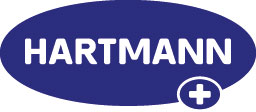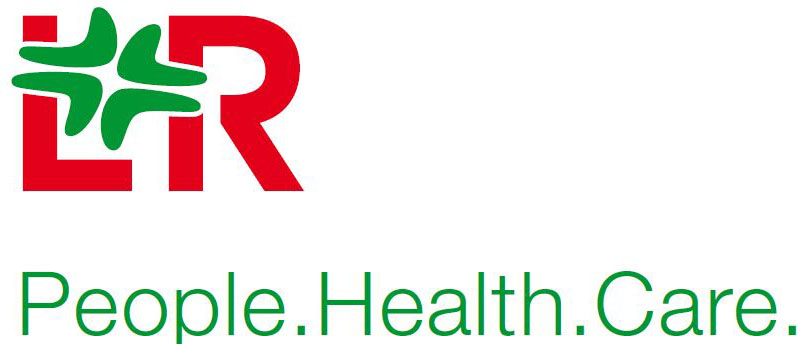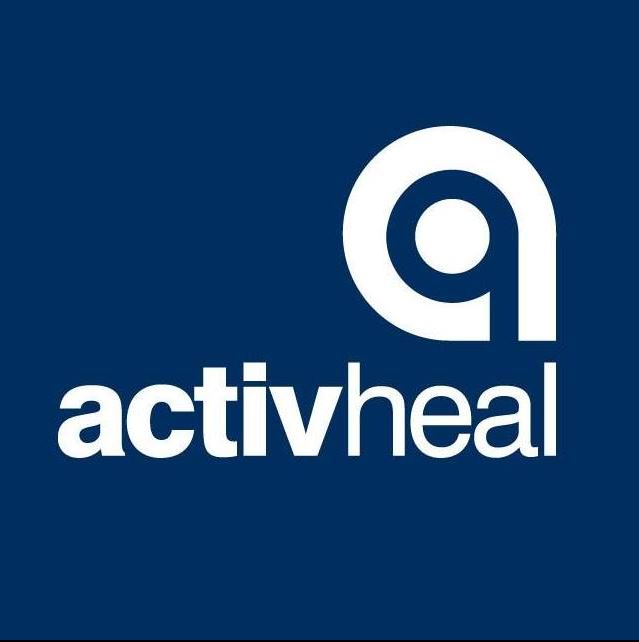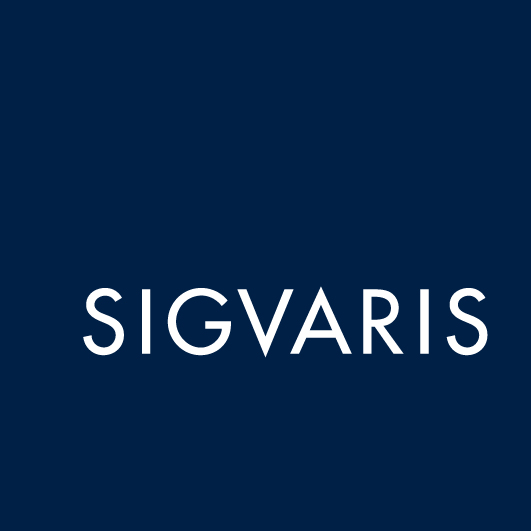Understanding the association between pressure ulcers and sitting in adults
We have lots of resources, free for everyone to browse and read and share. These resources are suitable for a range of skin and wound care disciplines, roles, and educational purposes.
Overview
The panel explored how the guidelines have been shaped by current research, insights from clinicians, and feedback from service users. Additionally, they will demonstrate how these guidelines can be practically applied to help prevent pressure ulcers, ultimately improving patient outcomes and quality of life.
Learning objectives
After watching this webinar, persons will be able to:
- Reflect on the pressure ulcer prevention and management experiences of an individual and a carer of an individual who remains seated for long periods.
- Highlight to others the publication of the new revised Society of Tissue Viability Seating guidelines
- Review the additions to the seating guidelines in light of changes in practice since 2018
Who should watch?
- Individuals with short-term or long-term mobility challenges who remain seated for extended periods, along with their carers
- NHS, private and independent health and social care staff involved in patient care and pressure ulcer prevention
- Private and independent health and social care providers
- Healthcare education and training professionals seeking to enhance their knowledge and teaching resources
- Industry representatives involved in products and services related to seating, pressure management, and patient care
Speakers
- Melanie Stephens, Associate Professor in Adult Nursing and Research Delivery Network North West Settings Lead (RSSL) for Residential, University of Salford and NIHR Regional
- Eva Harris, Tissue Viability Nurse Specialist, HCRG Care Group
- Sharon Neill, Lecturer in Nursing, Ulster University (Moderator)
- Peter Worsley, Professor of Assistive Technology and Tissue Health, School of Health Sciences, University of Southampton
View and download the full guidelines
View and download the at a glance guidelines














